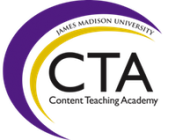Plant Divisions/Groups
The student will identify the four major divisions of the plant division based on their major characteristics.
Materials Needed:
Samples of the four major divisions of the plant kingdom; microscope; prepared slides; pictures of plant groups; internet/computer accessability;
